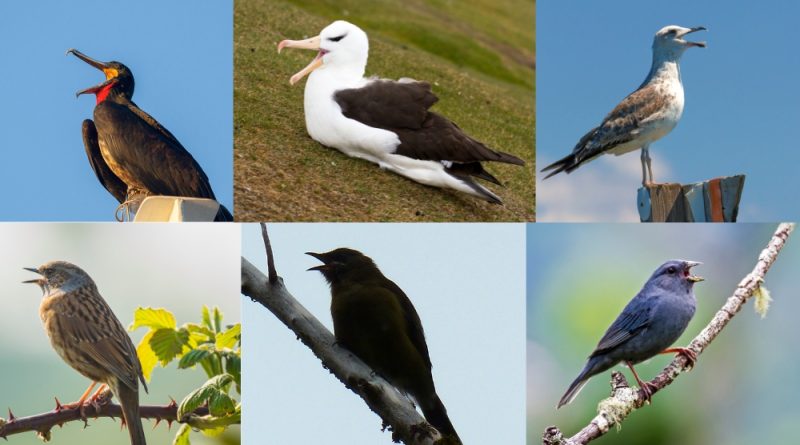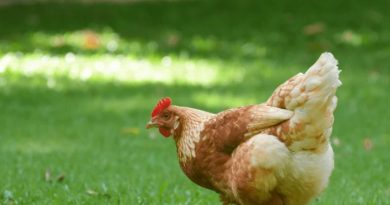Bird Songs – Communication and Behavior
Bird songs play a fundamental role in the communication and behavior of these creatures. They are used for a variety of purposes, from defining territory to attracting partners for reproduction.
Here is some information about communication and behavior related to bird songs:
Territory establishment: Many birds use song to establish and defend their territory. Territorial singing is a form of communication that informs other birds that a particular area is already occupied and should be avoided. Territorial singing can also help reduce physical confrontation between birds, as they can establish boundaries through sound.
Mate attraction: Bird songs are often used to attract mates during the breeding season. Males usually sing to display their fitness and attract females. The song can indicate characteristics such as body size, health, strength, and the ability to defend a territory. Females assess these sound signals and choose males based on their vocal quality.
Individual recognition: Many birds have unique songs, allowing them to recognize each other individually. This is especially important in species that live in social groups or flocks, where distinguishing between group members is necessary. Individual songs can also help reinforce social bonds and cooperation among birds.
Vocal learning: Most birds, especially songbirds, learn their songs through a process of vocal learning. Chicks learn to sing by imitating the vocal sounds of adults during a critical period of development. This learning process is influenced by the social environment in which the birds are placed and can vary among species.
Alarm communication and danger signals: In addition to being used to establish territory and attract mates, bird songs are also utilized to communicate danger signals. Birds can emit specific calls to alert other individuals to the presence of predators or other threats. This communication helps coordinate group defensive actions and increases collective survival.
Bird songs are complex and varied, showcasing a great diversity of patterns, rhythms, and melodies. Through these songs, birds can communicate precisely, convey important information, and establish social bonds. The study of bird songs is a fascinating area of ornithology that continues to reveal new discoveries about the communication and behavior of these incredible creatures.
In addition to the aspects mentioned earlier, there is more interesting information about bird songs and their role in communication and behavior. Here are some additional points:
Variety of vocalizations: Birds have a wide range of vocalizations besides songs. They also produce calls, trills, warbles, and whistles, each serving a specific purpose. Alarm calls, for example, differ from territorial or mating songs and are used to alert others to imminent dangers.
Cultural learning: In some bird species, songs are culturally transmitted from generation to generation. Chicks learn songs not only by imitating parents but also through interactions with other community members. This results in regional variations in bird songs, reflecting cultural diversity among different population groups.
Behavioral responses: Bird songs can trigger various behavioral responses in other individuals. For example, a male’s song during the mating season may stimulate courtship behaviors in females, such as approaching, displaying interest, and engaging in specific interactions. Similarly, territorial songs may lead to aggressive responses from invading birds or evasions by birds avoiding conflict.
Communication in complex environments: Some birds living in dense environments, such as tropical forests, face the challenge of communicating amid environmental noise. To overcome this, they have developed specific communication strategies, such as more complex and melodic songs with distinct tones and precise rhythms, allowing their vocalizations to stand out and be recognized by other members of the species.
Seasonal changes: In many bird species, songs may change over time, either temporarily or permanently. These changes may be related to resource availability, such as during the breeding season, or shifts in individuals’ social status. Seasonal modifications in songs can influence the attractiveness of males to females and play a crucial role in sexual selection.
Conclusion:
Bird songs are a sophisticated form of communication that plays a crucial role in their behavior and survival. Through these complex vocalizations, birds can establish territories, attract mates, warn about dangers, and maintain social bonds. Understanding these songs and their function in bird communication is essential for the conservation and protection of these species.




